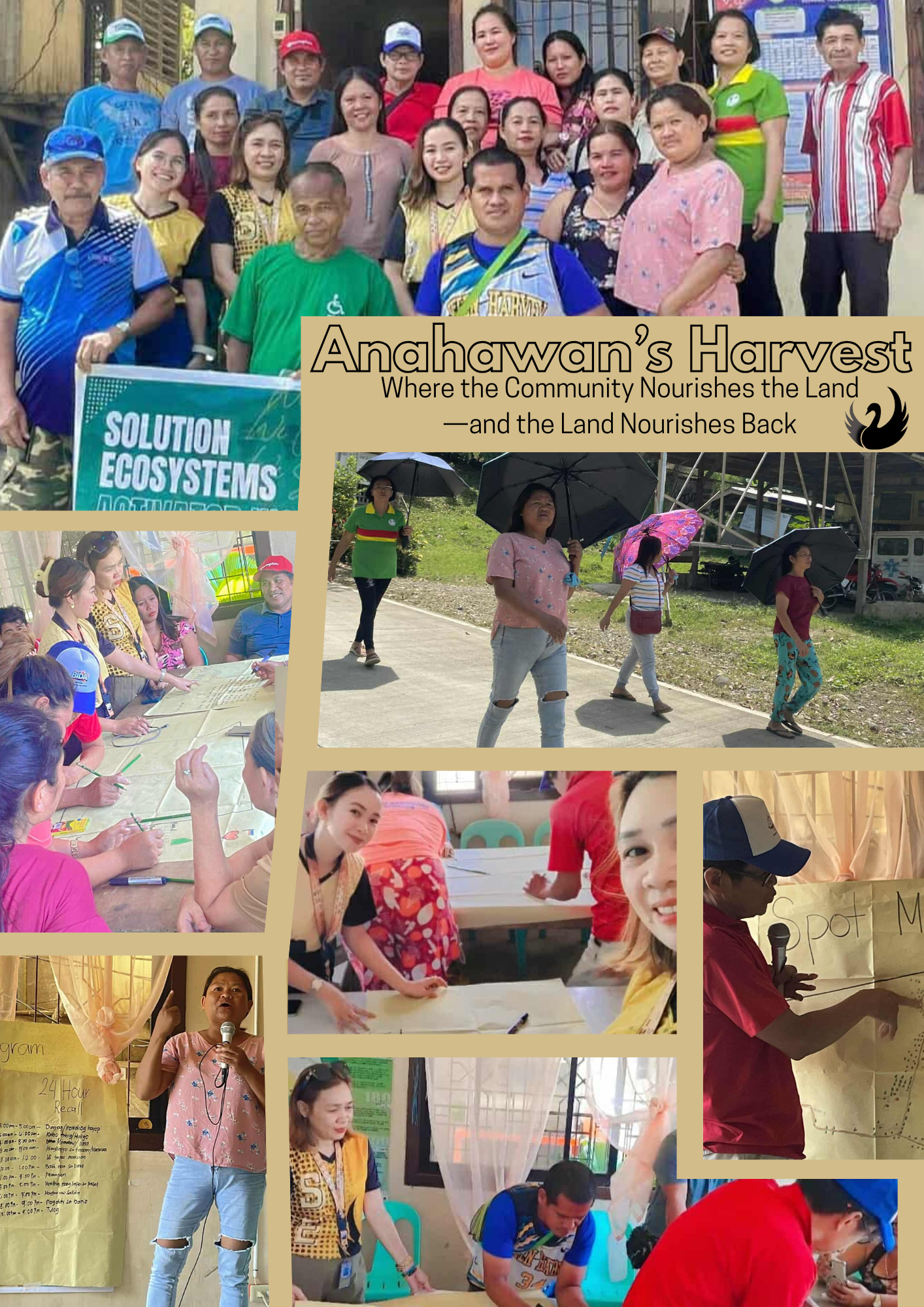What happens when a community walks its own land with open eyes, open hearts, and open ears?
In Barangay Anahawan, Sibagat, Agusan del Sur, it begins with a simple act of walking together—through hills, fields, streams, and memories. But it’s more than a stroll. It’s called a Participatory Resource Appraisal (PRA)—and it’s changing the way local governments and communities see, plan, and grow together.
So, What Is Participatory Resource Appraisal?
PRA is not a top-down checklist or a consultant’s cold survey. It’s a hands-on, heart-led approach where community members themselves map out their own natural and human resources—what they have, what they use, what they dream of. It’s a process that places Barangay LGUs (local leaders) and CSOs (civil society organizations) side by side with residents to discover a community’s true wealth—both seen and unseen.
Why does this matter?
Because when people participate in defining their own priorities, governance becomes more grounded, more inclusive, more real.
And in Anahawan, PRA has done just that.
A Mosaic of Life, Livelihood, and Legacy
Led by the SEA Sibagat Team, with Ms. Avha at the helm and Community Facilitator Analiza Pacheco guiding the dialogue (plus the energetic presence of Ms. Maria Amora on the transect walk), the PRA painted a vivid picture of Anahawan’s bounty.
Five key crops rise to the top of local livelihood: palm oil, abaca, banana, cacao, and rubber—interwoven with lush, fruit-bearing trees and rich biodiversity. Then there’s the unexpected gem: a saline spring, whose mineral-rich waters are believed by locals to hold natural healing powers.
But this is more than just an inventory—it’s a love letter to the land.
Residents also shared how their embrace of organic farming isn’t just about technique—it’s about principle. It’s about nurturing the soil while nurturing their families, and doing so with care, purpose, and pride.
Civic Agriculture: When Farming Becomes a Movement
Backed by the local government of Sibagat and forward-thinking agencies, Anahawan’s organic farm is being developed into a farm-tourism hub—not just for leisure, but for learning. Imagine tourists, students, and farmers alike getting their hands dirty while absorbing lessons on food, ecology, and community from the people who live and breathe it every day.
This is civic agriculture at work: a way of farming that connects people not just to the food they eat, but to the community that grows it. It promotes local identity, ecological balance, and economic resilience all at once.
No to Alcohol, Yes to Wellbeing
In one segment of the PRA called “24-hour recall,” residents shared their daily routines. Strikingly, not a single mention of alcohol came up. Why? Because Anahawan has a barangay ordinance banning alcohol sales and drinking, and the people collectively respect and uphold it.
It’s a quiet but powerful sign of a community that chooses discipline, dignity, and health—together.
Where Maps Become Mirrors
By participating in this resource appraisal, the people of Anahawan weren’t just identifying their natural assets. They were defining who they are, what they value, and what they envision for their children and their land.
Their map didn’t just show crops and springs—it showed culture, courage, and care.
In Anahawan, the Future is Rooted in the Present
From groves of abaca and banana, to rows of cacao and rubber, to the healing waters of the spring—every inch of Anahawan’s land reflects the community that loves it. The land is generous because the people are.
And now, with PRA as their guide and participatory governance as their compass, Anahawan stands ready—not just to grow more—but to grow better. With unity, with intention, and always, with heart.





Leave a Reply